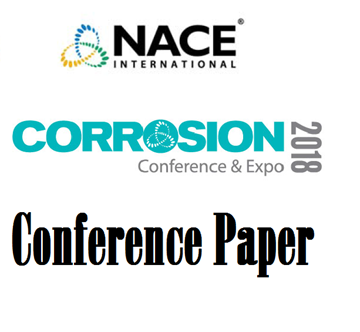Search
51312-01268-LIQUID PETROLEUM - INTERNAL CORROSION DIRECT ASSESSMENT (LP-ICDA) OF A “PIGGABLE” KUWAITI CRUDE OIL
Also Purchased
51318-11308-Successful Application of Internal Corrosion Direct Assessment (ICDA) to determine the Integrity of of an Indian Offshore SPM Pipeline
Product Number:
51318-11308-SG
Publication Date:
2018
$20.00
07169 Internal Corrosion Direct Assessment Methodology for Liquid Petroleum Pipelines
Product Number:
51300-07169-SG
ISBN:
07169 2007 CP
Publication Date:
2007
$20.00
08131 Facilitating Internal Corrosion Direct Assessment using Advanced Flow and Corrosion Prediction Models
Product Number:
51300-08131-SG
ISBN:
08131 2008 CP
Publication Date:
2008
$20.00




